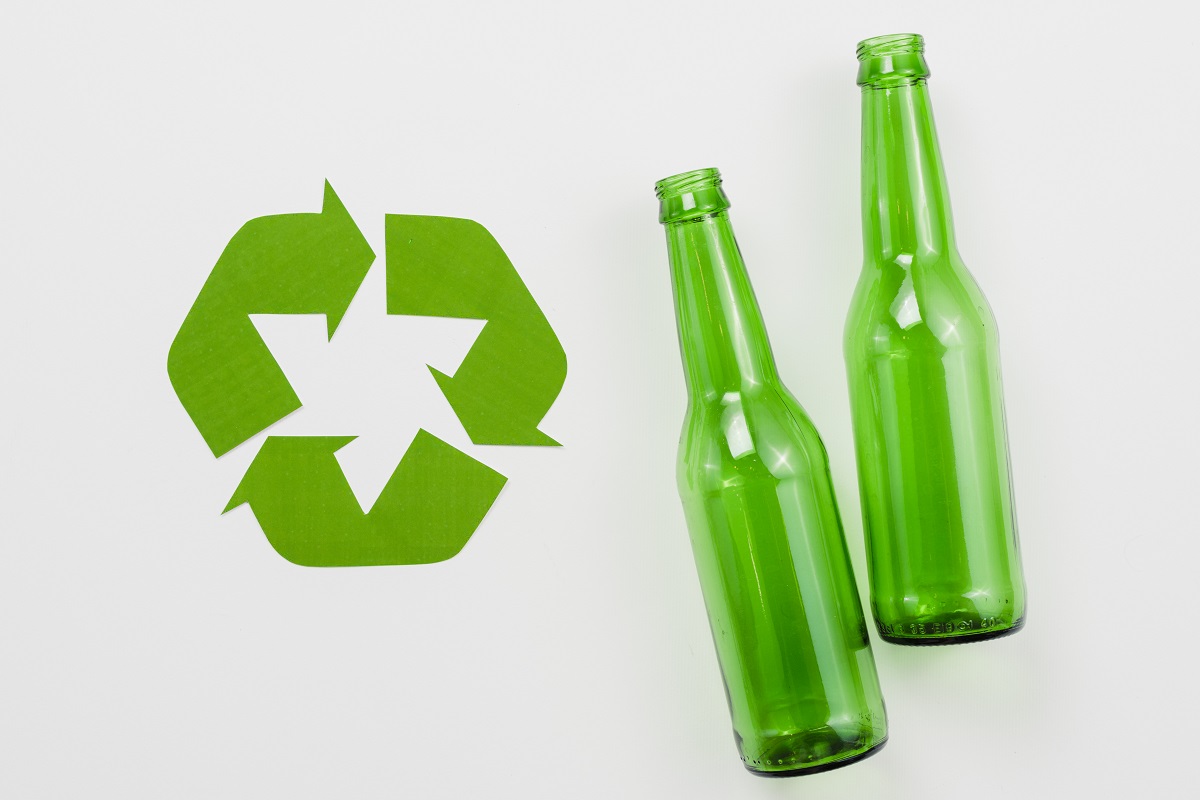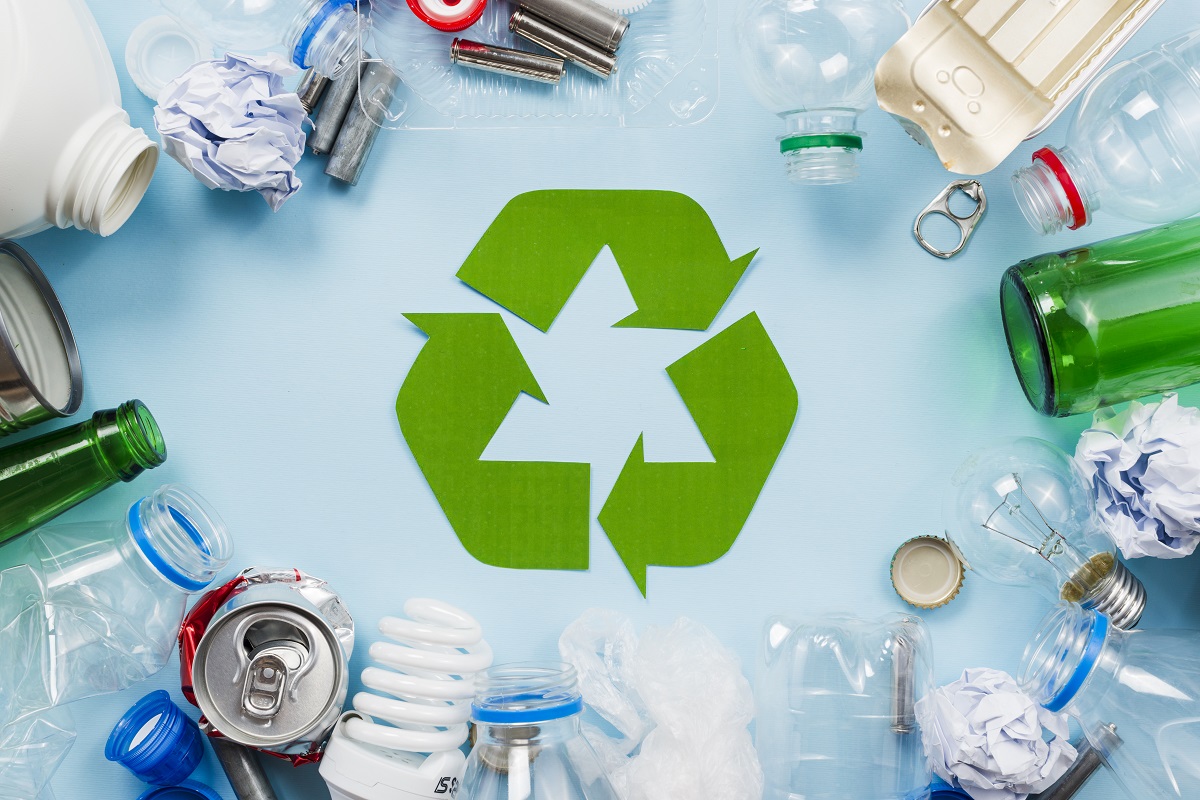What are the things you need to know about recycling glass?
- Why Glass is Great for Recycling
- The Glass Recycling Cycle
- How to do it the right way
If you want to extend your help and get into the recycling movement, then you are doing the industry (and the world) a great favor by contributing to the Glass Recycling Cycle. In your own small way, you are lessening the production of industrial and commercial waste by making sure that we are not adding to the metric tons of waste that become environmentally destructive landfills. Let’s shed a little light on the importance of glass and the process of glass recycling.
Why Glass is Great for Recycling

Why Glass? Glass has very high utility and is one of the only materials that are fully reusable without any losses and deterioration in purity and overall composition.
Manufacturers can repurpose recycled glass and recover close to 100% of the raw materials needed for their finished products. In fact, recycled glass is often used in the recipe for glass production and decreases the work needed to be exerted by furnaces and machines, largely reducing energy consumption in the process.
The Glass Recycling Cycle
So where does my collection of glass bottles and jars really go?
First, all the recyclable glass items are brought to local curbside bins, ideally already segregated for ease of categorization later on in the process. If available, there are also business recycling containers that follow a similar flow. They are brought to local recycling drop-off locations to join a mass collection of all recycled materials from various areas.
After they are all collected, they are delivered to a Material Recovery Facility (or an MRF). From here on, the materials are categorized and segregated by type, whether it’s for plastic, glass, etc.
Now we follow the travel path of the glass collectibles, as they are shipped off for the next procedure to a specialized glass processing company. From here we remove and separate any glass contaminants, for effective and ideal reuse and repurposing of other interested parties. Further along, they are sorted by color. This is done to make sure that the glass can be made into the correct specifications of the company who will purchase the glass items for their own manufacturing and production. For example, if their brand needs clear bottles, then any speck of color or tint will be rendered unusable.
Then the glass is molded and formed by the respective glass container manufacturers and forwarded in bulk to the interested companies as new bottles and jars, just as needed and specified. They are prepared as “cullets”, the term coined by the industry for purified, contaminant-free, furnace-ready recycled glass.
Down the line, these bottles and jars are filled with the commercial beverages and bottled food that we the consumers enjoy. After they are consumed, we do our part and go back to step one and deposit the recyclable glass items to the respective waste bins to continue the glass recycling cycle.
How to do it the right way

First off, you have to help the cycle along in every possible way and make it easier for our recycling services to do their job. If you have the option, always dispose of your glass in the correct disposal bin. Furthermore, you should separate glass used as containers for drinks and food from those that are used for windows and glass panels, etc. They have a different chemical composition after use, as industrial glass is treated with chemicals, which give them different temperature thresholds and melting points vis-à-vis a bottle of soda.
You can also separate them by color and transparency, as they are intended for reuse by companies who already produce uniform re-bottling and packaging units on a massive scale. Clearly, if they sell and market green-colored bottles, then they would opt to repurpose glass of the same shade.
To maintain its integrity, try to keep your recyclable bottles in one piece, unbroken. Not all the repurposing companies have the machinery to completely melt and restructure these bottles so you’ll know it will be of better utility when you can retain its original state.
In line with that, go the extra mile and clean the bottles before sending them out to the trash bins or to your local recycler. It may have contaminants and other elements that will deter the process and add an extra step to the recycling process, which you can definitely help with a simple, thoughtful rinse.
Key Takeaway
With a small change in your daily habits and a little bit of awareness, you can make a major contribution to the preservation environment. Next time you empty out a glass bottle or jar at home, think of how you can be a part of the greater good and make a huge difference to the bigger picture, by just sending it off to the right waste bin, and back into the cycle.
